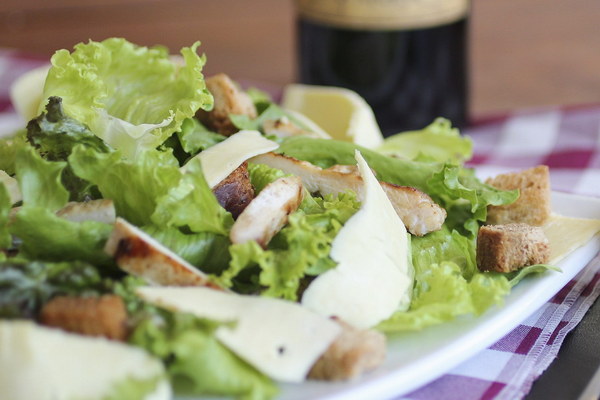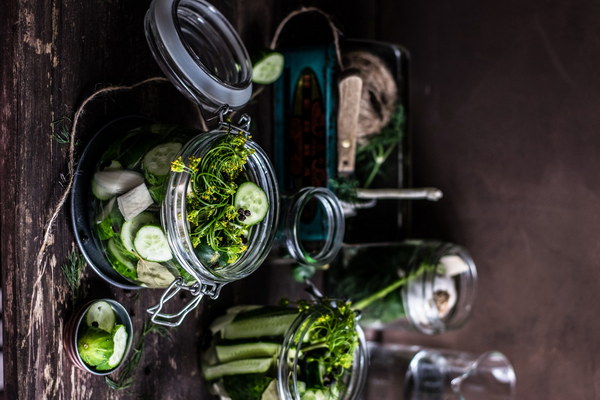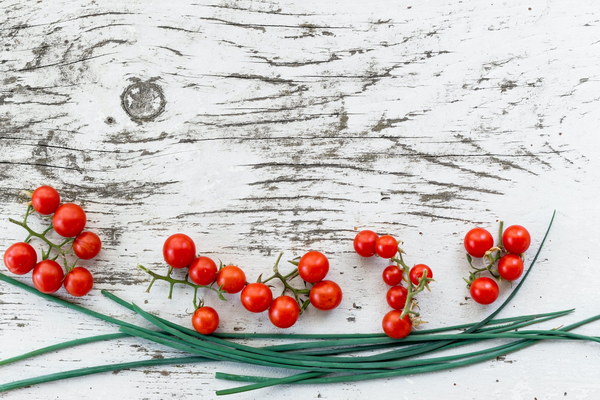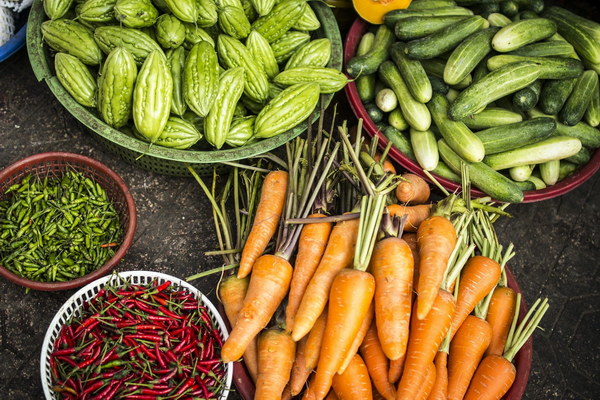The Rise of Traditional Chinese Medicine Exploring the Modern Evolution of Pharmacological Cuisine
In recent years, the world has witnessed a significant resurgence in the popularity of traditional Chinese medicine (TCM). This ancient practice, which dates back over 5,000 years, has been gaining traction not only in Asia but across the globe. One of the most intriguing aspects of TCM is its incorporation of pharmacological cuisine, known as Yao Shan or Medicinal Diet. This article delves into the modern evolution of pharmacological cuisine and its growing significance in the health and wellness industry.
Pharmacological cuisine is a culinary tradition that integrates herbs, spices, and other natural ingredients with medicinal properties into everyday meals. It is based on the principle that food can not only nourish the body but also treat and prevent diseases. As modern science begins to validate the benefits of TCM, pharmacological cuisine is experiencing a renaissance, attracting both health enthusiasts and culinary aficionados alike.
The roots of pharmacological cuisine can be traced back to ancient Chinese texts, such as the Shen Nong's Herbal, which is considered the foundational work of TCM. This compendium of botanical knowledge lists over 365 herbs and their medicinal properties. Over time, these herbal remedies have been incorporated into various dishes, creating a unique fusion of flavor and health benefits.
In the modern era, pharmacological cuisine has evolved to cater to the diverse needs of contemporary society. Here are some key trends shaping the landscape of this ancient culinary art:
1. Nutritional Balance: Modern pharmacological cuisine emphasizes the importance of achieving nutritional balance by incorporating a variety of herbs and ingredients. This approach ensures that the body receives the necessary nutrients to maintain optimal health.
2. Personalized Medicine: Advances in TCM have led to the development of personalized medicine, where individuals can receive customized dietary recommendations based on their unique constitution and health concerns. This has allowed pharmacological cuisine to become more accessible and effective for a broader audience.
3. Culinary Innovation: Chefs and food enthusiasts are now experimenting with new and creative ways to incorporate medicinal ingredients into their dishes. This has resulted in a wealth of innovative recipes that are both delicious and healthful.
4. Wellness Tourism: The growing popularity of pharmacological cuisine has sparked a new trend in wellness tourism. Visitors to countries with rich TCM traditions, such as China, Taiwan, and Thailand, are seeking out culinary experiences that combine traditional medicine and delicious food.

5. Scientific Validation: Modern research is increasingly validating the health benefits of pharmacological cuisine. Studies have shown that many traditional herbs and spices used in these dishes possess anti-inflammatory, antioxidant, and immune-boosting properties.
Despite its growing popularity, pharmacological cuisine faces several challenges. One of the main concerns is the quality and safety of the ingredients used. As demand for medicinal foods continues to rise, it is crucial to ensure that these products are sourced from reliable suppliers and meet the highest standards of quality and purity.
In conclusion, the modern evolution of pharmacological cuisine is a testament to the enduring relevance of traditional Chinese medicine. As people become more health-conscious and seek natural solutions to their wellness needs, pharmacological cuisine is poised to play an increasingly significant role in the global health and wellness industry. By embracing the wisdom of the past and integrating it with the culinary arts of the present, we can create a future where food and medicine go hand in hand, fostering a healthier and happier world for all.









